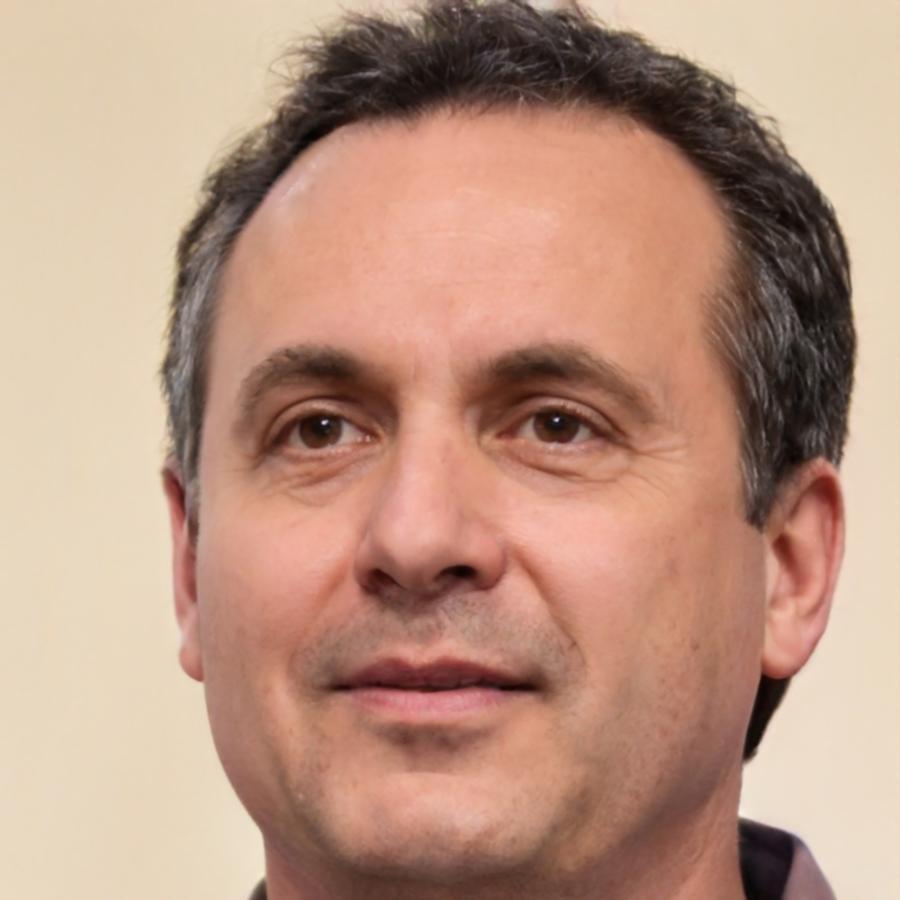Financial Analysis Through Real Company Comparison
Most finance courses teach theory. We teach pattern recognition. Our autumn 2025 program focuses on analyzing actual companies side-by-side, helping you spot trends that textbooks miss.
View Program Details
Our Analytical Framework
We built this approach over eight years of teaching professionals who needed practical skills, not academic credentials. The method works because it mirrors how experienced analysts actually think.
Paired Company Studies
Every week, you'll analyze two competitors in the same sector. This reveals competitive advantages faster than studying one company in isolation. Pattern recognition develops naturally through repeated comparison.
Financial Ratio Decoding
Ratios mean nothing without context. We show you how the same metric tells different stories across industries. You'll learn when high debt signals trouble and when it's strategic leverage.
Narrative Integration
Numbers describe what happened. Management commentary explains why. We teach you to cross-reference financial statements with earnings calls, spotting inconsistencies that signal risk or opportunity.
Market Positioning Maps
Visual frameworks help organize complex competitive landscapes. You'll create positioning maps that clarify strategic relationships between companies, making investment theses easier to communicate.
Historical Pattern Analysis
Current financials matter, but trends matter more. Our approach emphasizes five-year retrospectives, teaching you to identify sustainable advantages versus temporary performance spikes.
Sector-Specific Metrics
Tech companies and retail chains need different evaluation frameworks. We cover eight major sectors, each with its own key performance indicators and analytical priorities.

Your Development Path
Foundation Phase
Three weeks on financial statement fundamentals. You'll dissect balance sheets, income statements, and cash flow reports with guided exercises. By week three, you should read 10-Ks without confusion.
Comparison Techniques
Four weeks of structured comparative analysis. We provide paired companies each week, along with frameworks for spotting operational differences. This phase builds your analytical muscle memory.
Sector Deep Dives
Eight weeks covering major industry groups. Each sector gets specialized attention, with emphasis on metrics that matter most in that space. You'll learn why SaaS margins differ from manufacturing margins.
Independent Projects
Final five weeks for self-directed research. You'll choose two companies to analyze thoroughly, presenting findings to the cohort. This mimics real analyst work and tests your synthesis skills.
What Sets This Program Apart
Finance education often stays theoretical. We think practical application matters more than memorizing formulas.

Real Company Data
Every case study uses publicly available financial statements from actual companies. No simplified textbook examples. You'll work with the same messy, complex data that professional analysts handle daily.
Taiwan Market Context
While principles are universal, examples draw heavily from Asian markets. You'll analyze Taiwanese, Japanese, and Korean companies alongside Western peers, understanding regional business practices.
Small Cohort Format
We cap enrollment at 24 students per session. This allows for detailed feedback on your analysis work and ensures everyone participates in discussions. No hiding in the back of a lecture hall.
Iterative Feedback Loops
Submit analysis drafts, receive detailed comments, revise based on feedback. This mirrors professional development better than one-time assignments with letter grades.
Questions We Hear Often
Before You Join
Do I need accounting knowledge?
Basic familiarity helps, but we start with fundamentals. If you understand that revenue minus expenses equals profit, you have enough foundation. The first three weeks cover everything else you'll need.
How much time should I expect to invest?
Plan for eight hours weekly. That includes two hours of live sessions plus six hours for readings and assignments. Some weeks require more time during intensive project phases.
During The Program
What if I fall behind on assignments?
Happens to everyone occasionally. We record all sessions and maintain detailed notes. Catch-up support is available, though staying current makes the experience more valuable.
Can I choose which companies to analyze?
During the final project phase, yes. Earlier modules use assigned company pairs to ensure everyone develops skills across different sectors and situations.
After Completion
What ongoing access do I get?
Course materials remain accessible for two years. You can also join monthly alumni discussions where we analyze new case studies and share emerging market insights.
How do employers view this program?
We provide completion documentation, but emphasize your portfolio of analysis work. Most participants find that demonstrating actual analytical capability matters more than credentials.

After working in equity research for a decade, I found that junior analysts struggled most with comparative thinking. They could analyze one company competently but missed context. That's why I structured this program around paired analysis from day one. The approach works because it forces pattern recognition rather than rote memorization.
Henrik Bjørnstad
Program Director, Former Research AnalystNext Program Starts September 2025
Applications open in May. Early cohort members often form study groups that continue long after the program ends. That peer network proves valuable as careers develop.